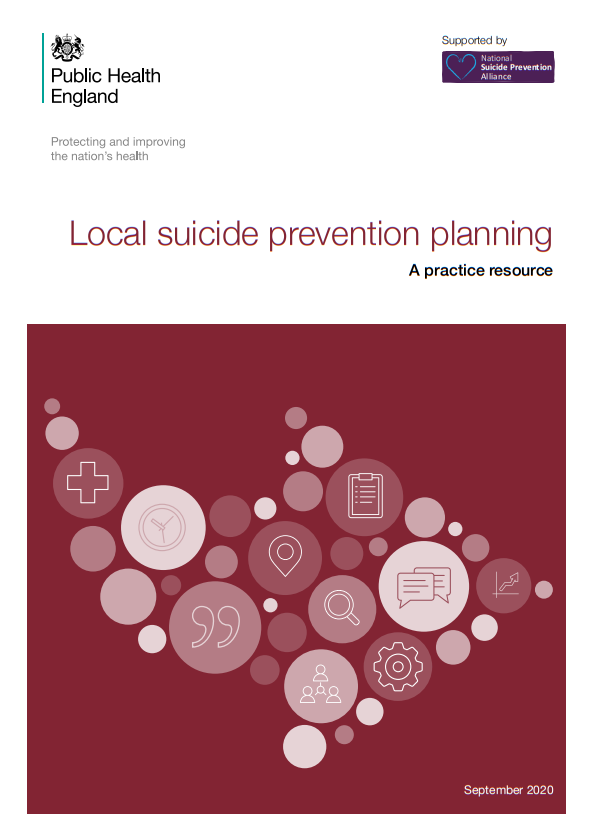Local Suicide Prevention Planning: A Practice Resource
Suicide prevention remains a national priority. At a local level it is encouraging to see that all Local Authorities have suicide prevention action plans and multi-agency partnerships in place; testament to the hard work of our colleagues in local authority public health teams and their local partners.
We worked with Public Health England to develop this practice resource to support local authority public health teams to work with sustainability and transformation partnerships (STPs) and integrated care systems (ICSs), health and wellbeing boards, the voluntary sector and wider networks of partners to implement local suicide prevention plans and embed work within local sustainability and transformation plans.
